Yesterday we set sail to Pilot Bay, Low Head. We were off to visit the Maritime Museum there, at the old Pilot Station, and walk to the lighthouse.
Our trip was uneventful, but making the entrance at near low tide was a bit nerve wracking, only 2 meters with lots of nasty rocks around. We came straight in from last green marker off North West Bank from the south. I have been told that it might be better to continue down river until the red marker immediately west of the entrance behind the sea wall is to starboard, and then turn across the current and head in, giving the red marker a wide berth because of shallow rocks at its base.
My advice? Arrive there at half or three-quarter tide, then there’s plenty of water for the approach. I wouldn’t want to try it if a strong NW has been blowing for a while either. The entrance is narrow and being slapped up the side by wind against tide, on a falling tide would be ask for trouble.
We tied up on an empty floating pontoon, apparently reserved for a tour boat that hasn’t been there in years. As you can see, we tied up on the south side. The north side has a submerged concrete block or rock under it, reducing the depth there to 1.5m at low tide… We had 2.0m on the south side.
We meandered over to the old boat shed, positioned near the top of an old concrete ramp leading into the water. They used to launch pilot boats from it, using an man powered capstan salvaged from a wreck to haul the back out.
In the boat shed we had a good long chat with a couple of volunteers for the museum, who told us all about the boats they had in the shed, and the chequered history of the museum and it’s buildings. Apparently the there where great plans for the site, and $3M in government funding, that didn’t amount to much at all.
We got introduced to the guy that runs the museum, and he and Lis got seriously stuck into museum talk. Lis has been heavily involved with the Hobart Maritime Museum, and the two had plenty to talk about.
I got left alone in their photo archives while the kids amused themselves with the fog horn in other room. Found heaps of amazing photos, like this aerial shot of the construction of Batman Bridge:
There are many amazing and interesting stories there, but on that captured my imagination was the tale of the bronze mast spider from the wreck of the EDEN HOLME.
You can read all about the wreck at their website here.
The mast spider is a hoop that holds belaying pins fitted low on the mast for various halyards. You can see in place in the photo below:
The tale of the mast spider goes something like this… After the EDEN broke up on Hebe Reef, her main mast washed up on shore. A man and his 10 year old son we’re walking the beach that day, and the main saw the good straight timber in the mast and took it back to saw it up as roof beams for their homestead. The mast spider was removed and used as reinforcement in the adjacent concrete water tank.
After many years passed, the son returned to the property with his daughter. They saw the tank had fallen into disrepair and the mast spider was exposed in the broken concrete. He took it back to his farm. It stayed there for many years, leaning against the fence.
Many more years passed and the daughter grew up, got married and lived on a farm on the mainland. Years after her fathers death, she travelled back to the old farm, long since with different owners. She told the old farmer on the property the tale, and he took her to the fence, and there was the mast spider, still leaning there.
The old farmer gave her the spider and she took with her back to her farm. When her brother became ill, they agreed to donate the spider to the Low Head Museum on his death, in memory of their Dad and Grandfather.
…and here it is, more than 100 years later:
We then walked up to the Low Head lighthouse. A brisk NW’ly was blowing, and the air was salty with the smell of the sea. The old light house keepers cottage has a commanding view over the tempestuous Bass Strait.
We got to the lighthouse and admired the enormous fog horn. It’s apparently Tasmania’s only foghorn. It’s a Type G diaphone that was installed in 1929 at Low Head Lighthouse. The original device consisted of two Gardner kerosene engines driving two air compressors, supplying air to two bloody great riveted iron compressed air receivers (each with a capacity of 7.5 cubic metres) to an operating pressure of 240 kPa. An air-operated timing mechanism controlled the valves which produced the sound, which could be heard at distances of up to 20NM!
The foghorn was electrified in 1940, along with the rest of the equipment at the lightstation. At that time, one of the kerosene engines was removed and replaced with a 20HP electric motor.
I was told that the Low Head unit is one of the largest diaphones ever constructed… But the foghorn was decommissioned in 1973 because of advances in marine navigational equipment. Unsurprisingly, The device fell into disrepair over the next few decades.
Early in 2000, the crowd with the $3M in funding mentioned earlier, in conjunction with the Tasmania Parks and Wildlife Service (the present owners of the equipment) began a project to restore the foghorn. The device became operational again in 2001.
You can read more about the restoration here.
Did you know that the foghorn at Low Head Lighthouse is one of only two functioning Type G diaphones in the world? (the other one is in Birmingham, UK).
UPDATE: Someone sent me this link to a video of the Low Head foghorn going off…




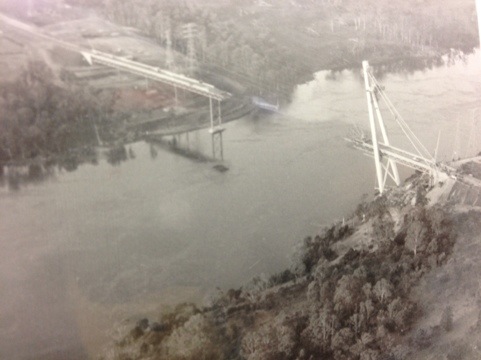
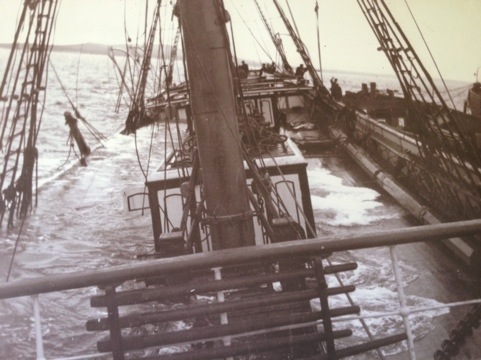
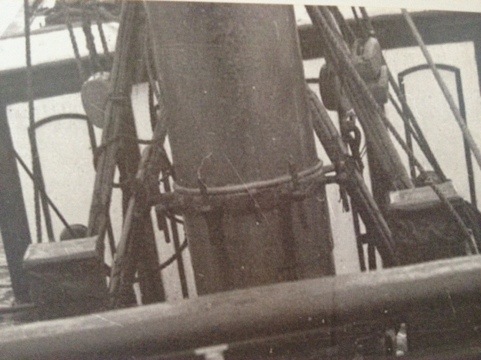
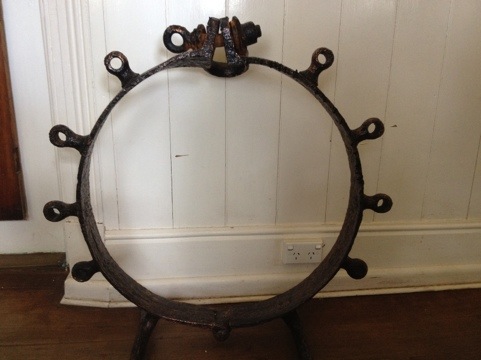

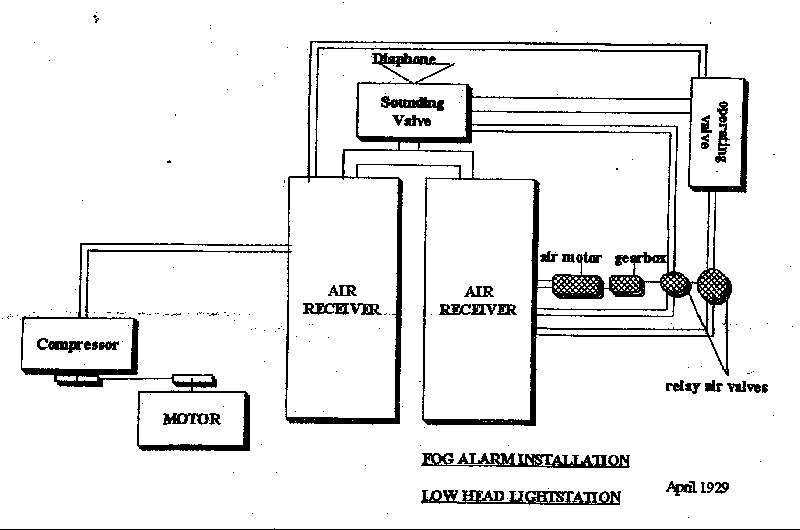
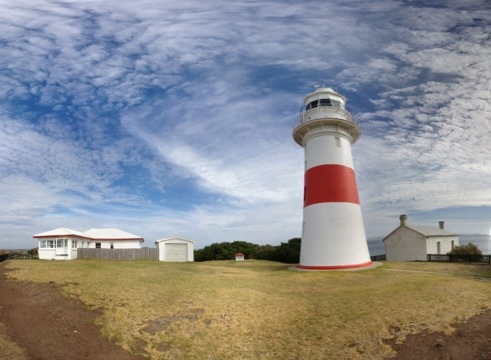
4 Responses to Low Head Maritime Museum